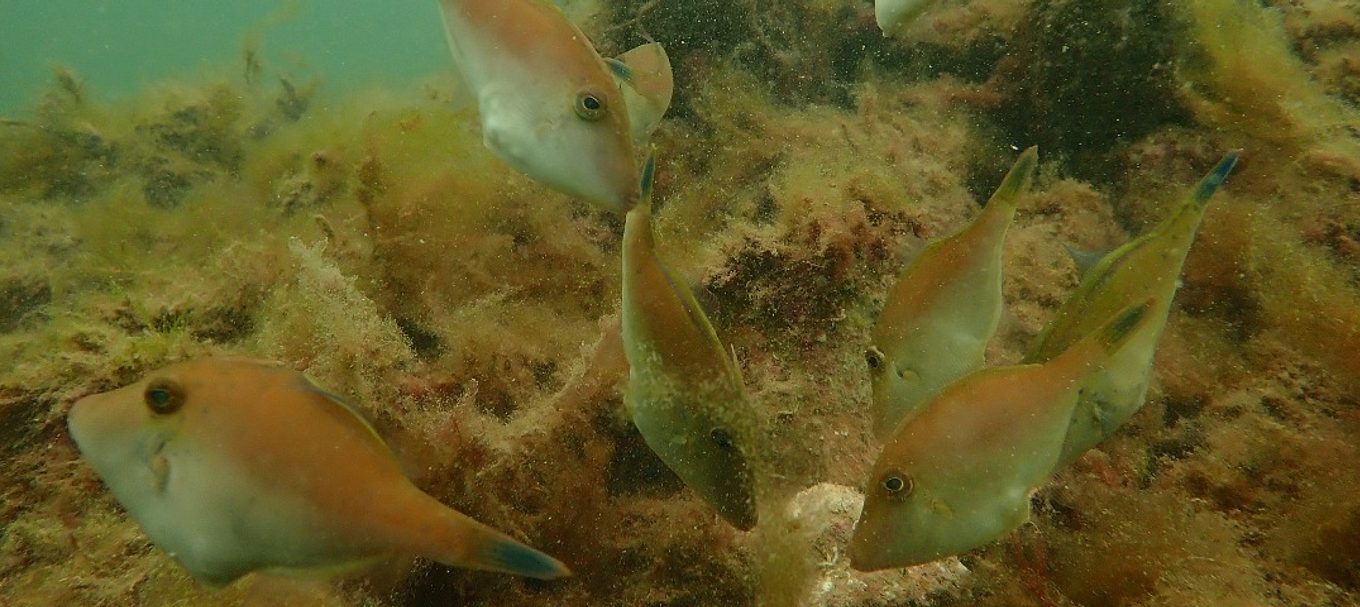
What to expect from Adelaide’s newest native shellfish reef
Reefs have an important role to play in the running of ocean ecosystems. They provide homes, food and breeding grounds for marine life to live and grow. More marine life means a healthier ocean.
They also provide great recreational and tourism experiences like snorkeling and diving for people to witness the mysterious underwater world.
In good news for South Australians, our state is set to gain a second metropolitan native shellfish reef, to be built off O'Sullivan Beach in Adelaide. The new reef covers as much area as Adelaide Oval after construction wrapped up late last year.
The new reef will be more than twice the size of Adelaide Oval, with construction expected to commence later this year.
In even more good news, the Glenelg shellfish reef, built in 2020, will be expanded to five hectares – or two and a half Adelaide Ovals.
Here’s everything you need to know about shellfish reefs and Adelaide’s new one:
What is a shellfish reef?
Shellfish reefs, just like coral reefs, provide homes for many marine species thereby boosting fish stocks, while also helping to clean seawater through the natural process of filter feeding.
Shellfish reef habitats are incredibly important to marine environments, fish breeding and quality, but they can also provide great recreational opportunities for divers.
These reefs were once common along sheltered nearshore areas of South Australia, however from the late 1800s to mid-1900s they suffered from the combined impacts of overfishing, dredging, water pollution and disease.
Aside from the recently completed Windara Reef off the coast of Ardrossan on the Yorke Peninsula, native oyster reefs are now near absent from SA’s waters.
How will it be built and what will it do?
The O'Sullivan Beach shellfish reef will be constructed using a limestone reef base, with hatchery-raised Australian flat oysters, to create a flourishing marine environment.
Oysters are excellent water filterers, with each one filtering 100 litres of water a day. This helps improve local water conditions, which, hopefully, will support the return of other ecosystems like seagrass.
Why O'Sullivan Beach?
The public had an opportunity to have their say on potential locations for a metro reef last year and the consultation showed South Australians were very much in support of the restoration of our shellfish reefs.
In the end, O’Sullivan Beach was chosen as the next metro shellfish reef as it offers suitable environmental conditions with good opportunities for colonisation of marine species from the nearby rocky reefs.
The reef is expected to benefit the natural environment and provide an economic boost through increased tourism opportunities such as snorkelling, diving and eventually fishing.
Once constructed the site will be monitored to track its success in partnership between the Department for Environment and Water and the Nature Conservancy, with research undertaken by Adelaide and Flinders universities.
And with such good beach access to the area from the neighbouring boat ramp, it’ll make it easy for locals and tourists alike to visit the new reef and learn more about our native marine life.
Has all this talk of reefs got you itching to get underwater? Check out thesegreat spots for snorkelling.
This story was originally posted in June 2020 and has been updated with new information relating to the new O’Sullivan Beach reef.





